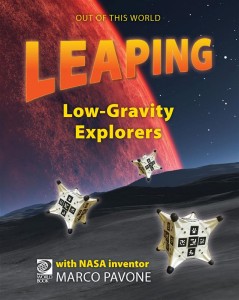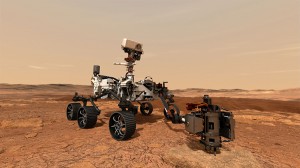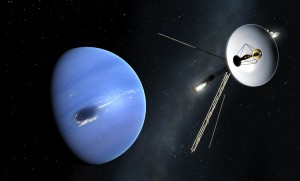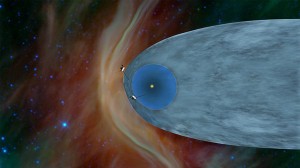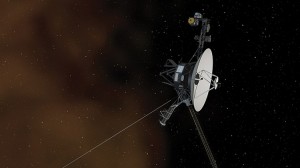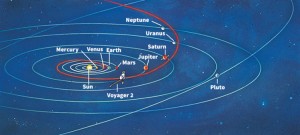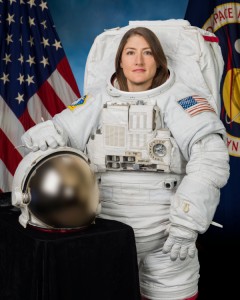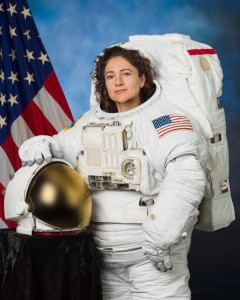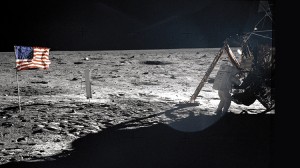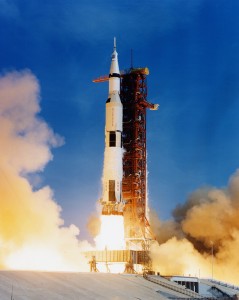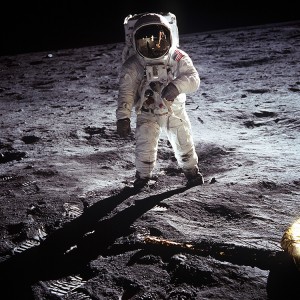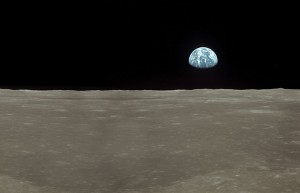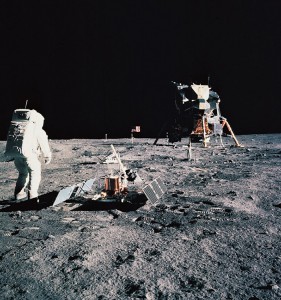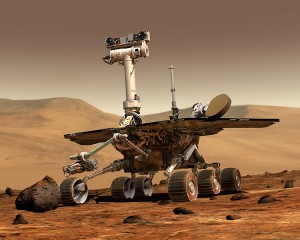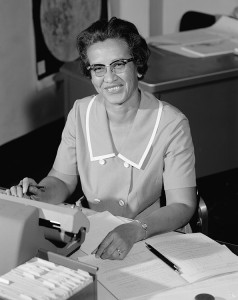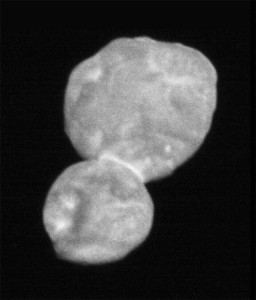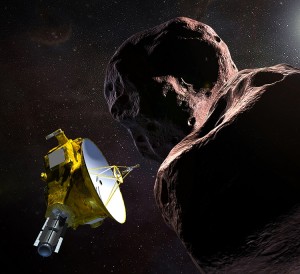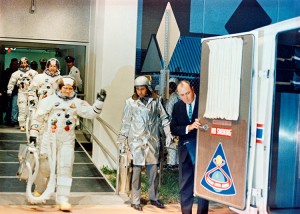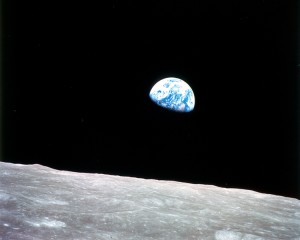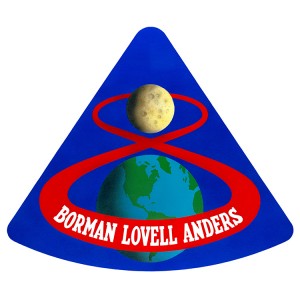World Book Day: Out of This World 2
Friday, April 23rd, 2021April 23 is World Book Day, a celebration of the special role that books play in our lives. To celebrate, we at World Book (get it?) invited author William D. Adams to talk about his experience creating a special set of books, Out of This World 2.
I’m Will Adams, a content creator at World Book. I’ve had the privilege of working on many books during my career at World Book, most recently by writing the second series of Out of This World.
When I was a kid, I loved going to the local library and browsing the science and science fiction sections. But as I got older, I got frustrated by the technological leaps required in science fiction. Why couldn’t we live in space and travel among the stars already?
Out of This World is World Book’s collaboration with a branch of the United States National Aeronautics and Space Administration (NASA) called the NASA Innovative and Advanced Concepts program (NIAC). NASA is world-famous, but you may never have heard of NIAC before. NIAC is working to bring some of that technology from science fiction into existence.
NIAC is a bit like a startup incubator for space exploration projects. Scientists, engineers, entrepreneurs, or anyone else from across the United States may submit a proposal to NIAC about an idea that could revolutionize the way we reach, explore, or live in space. The idea has to be revolutionary and largely unstudied: no small plans are allowed. A committee reviews the proposals and awards small grants to the most deserving projects.
The NIAC inventors use the money to test their ideas and to work out details of their designs. The hope is that the best ideas become part of NASA missions or get picked up by the private space industry.
One of the most prominent ideas to “graduate” NIAC is the starshade. A starshade is a spacecraft with a giant, unfolding shade, a bit like a giant umbrella. The shade can block out a distant star’s light, enabling a space telescope to directly image any exoplanets (distant planets) orbiting around it. It’s the same principle as using your hand to block the sun’s light when trying to see something in the bright sky. Engineers hope to launch a starshade in the next 5 to 10 years.
I had so much fun interviewing the scientists and engineers for this series. They’re all incredibly smart people, of course, but also down to earth and from a wide variety of backgrounds. And—no surprise here—many of them were inspired by books growing up, both fiction and nonfiction.
Out of This World reads like a blueprint for the future. It shows how we can study other planets, how we can get to those planets faster, how we can live in space or on other planets, and even what to wear when we get there!
Amazingly, Out of This World 1 & 2 only scratch the surface of the innovative concepts that NIAC has funded. And, NIAC’s blueprint for the future grows every year. Just a couple of weeks ago, on April 8, they released their 2021 Phase II and III grants. These awards are for projects that are proven to work but need more research and development before they can be incorporated into mission designs.
One 2021 Phase II grant is to further study plans for a huge radio telescope. Remember the Arecibo telescope that collapsed last year? Think of this as an extra-large replacement—but located on the far side of the moon! NASA engineer Saptarshi Bandyopadhyay proposes sending a robotic probe to construct a giant radio dish in a lunar crater. Shielded from the noisy radio-wave emissions of human technology on Earth, such a telescope could study the early history of the universe. I can’t wait to write about it in series 3!
I hope you celebrate World Book Day by picking up a book and getting inspired, just as many of the NIAC inventors did. Maybe you’ll be inspired to think about things a different way, to write your own story, or even to explore the stars.

